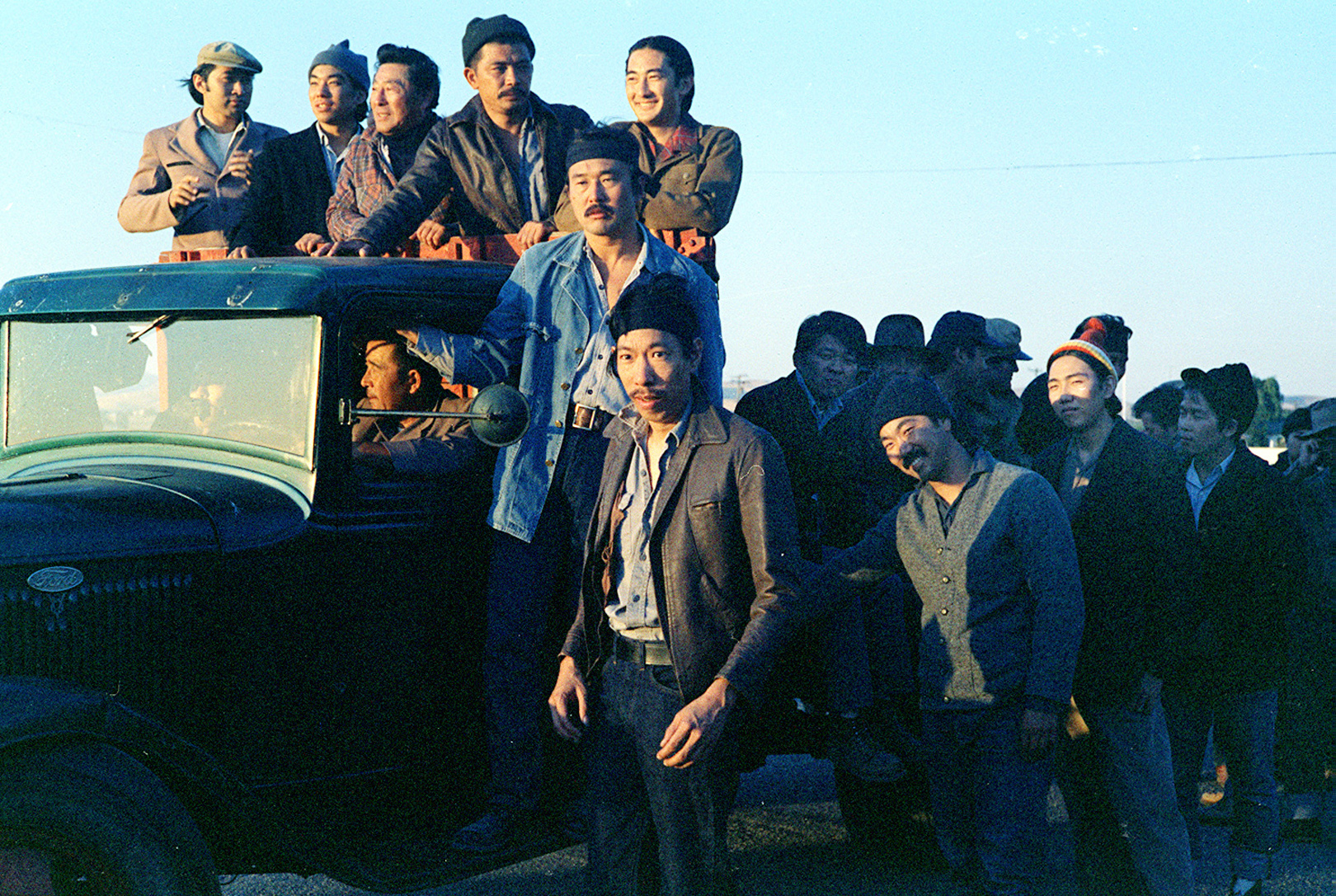|
No-No Boy
''No-No Boy'' is a 1957 novel, and the only novel published by the Japanese American writer John Okada. It tells the story of a Japanese-American in the aftermath of the internment of Japanese Americans during World War II. Set in Seattle, Washington, in 1946, the novel is written in the voice of an omniscient narrator who frequently blends into the voice of the protagonist. Plot After World War II, Ichiro Yamada, a Japanese American male and former student at the University of Washington, returns home in 1946 to a Japanese enclave in Seattle, Washington. He has spent two years in an American internment camp for Japanese Americans and two years in federal prison for refusing to fight for the U.S. in World War II. Now home, Ichiro struggles with his parents for embracing American customs and values, and he struggles to maintain a relationship with his brother, Taro. Also, Ichiro faces ostracism from the Japanese American community for refusing to join the U.S. military and fight Jap ... [...More Info...] [...Related Items...] OR: [Wikipedia] [Google] [Baidu] |
John Okada
John Okada (September 23, 1923 – February 20, 1971) was a Japanese American novelist known for his critically acclaimed novel ''No-No Boy''. Biography Born in Seattle, Okada was a student at the University of Washington during the attack on Pearl Harbor. Okada had to interrupt his studies, and he and his family were among thousands of American citizens internment of Japanese Americans, interned at Minidoka War Relocation Center in 1942 as a result of Executive Order 9066. Okada was taken out of the internment camp and recruited to the United States Army Air Forces after he completed a loyalty questionnaire which asked him to "forswear allegiance" to the Emperor of Japan. He served as a Japanese translator, overflying Japanese forces in the Pacific and translating intercepted Japanese communications. After the war, Okada returned to his educational pursuits, earning a bachelor's degree in English and a second bachelor's degree in library science from the University of Washi ... [...More Info...] [...Related Items...] OR: [Wikipedia] [Google] [Baidu] |
Frank Chin
Frank Chin (born February 25, 1940) is an American author and playwright. He is considered to be one of the pioneers of Asian-American theatre. Life and career Frank Chin was born in Berkeley, California on February 25, 1940; until the age of six, he remained under the care of a retired vaudeville couple in Placerville, California. At that time, his mother brought him back to the San Francisco Bay Area and thereafter Chin grew up in Oakland Chinatown. He attended the University of California, Berkeley, and graduated from the University of California, Santa Barbara in 1965. According to Chin, who had returned from a sabbatical working as the first Chinese brakeman for the Southern Pacific railroad, he intimidated a dean into graduating him with a bachelor's degree in English: " said'I want a decision by Friday' and he said, 'Well, I'm a very busy man,' and I said, 'You're a working stiff like me - you have a decision Friday and I don't care what it is. Either I've graduated or I ... [...More Info...] [...Related Items...] OR: [Wikipedia] [Google] [Baidu] |
Japanese-American Novels
are Americans of Japanese ancestry. Japanese Americans were among the three largest Asian American ethnic communities during the 20th century; but, according to the 2000 census, they have declined in number to constitute the sixth largest Asian American group at around 1,469,637, including those of partial ancestry. According to the 2010 census, the largest Japanese American communities were found in California with 272,528, Hawaii with 185,502, New York with 37,780, Washington with 35,008, Illinois with 17,542 and Ohio with 16,995. Southern California has the largest Japanese American population in North America and the city of Gardena holds the densest Japanese American population in the 48 contiguous states. History Immigration People from Japan began migrating to the US in significant numbers following the political, cultural, and social changes stemming from the Meiji Restoration in 1868. These early Issei immigrants came primarily from small towns and rural areas in t ... [...More Info...] [...Related Items...] OR: [Wikipedia] [Google] [Baidu] |


